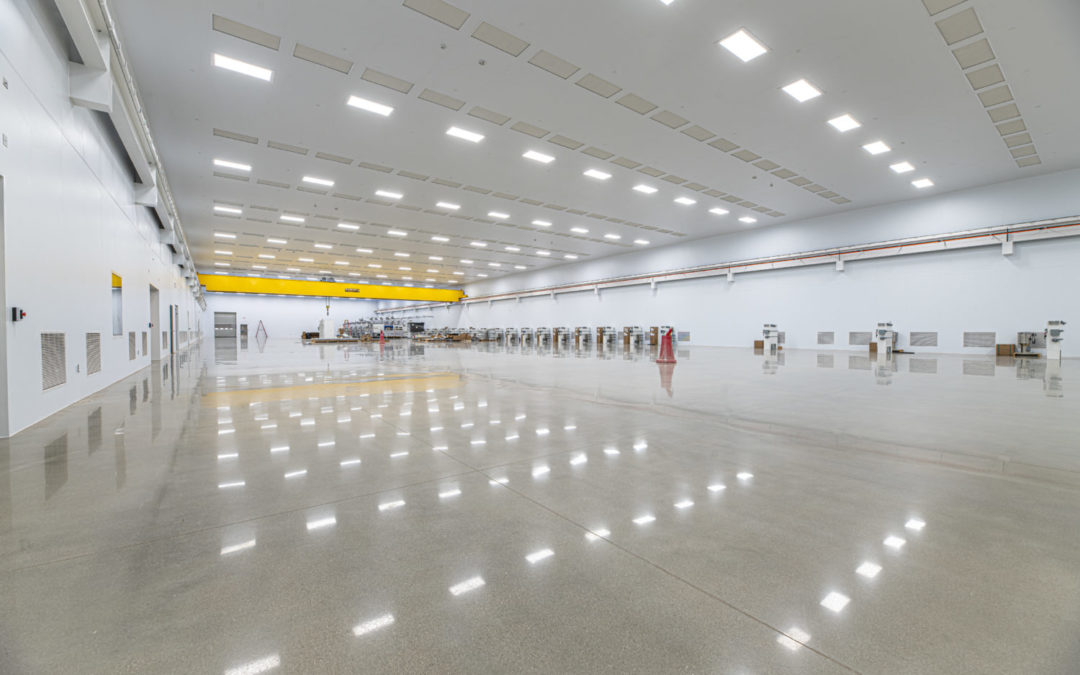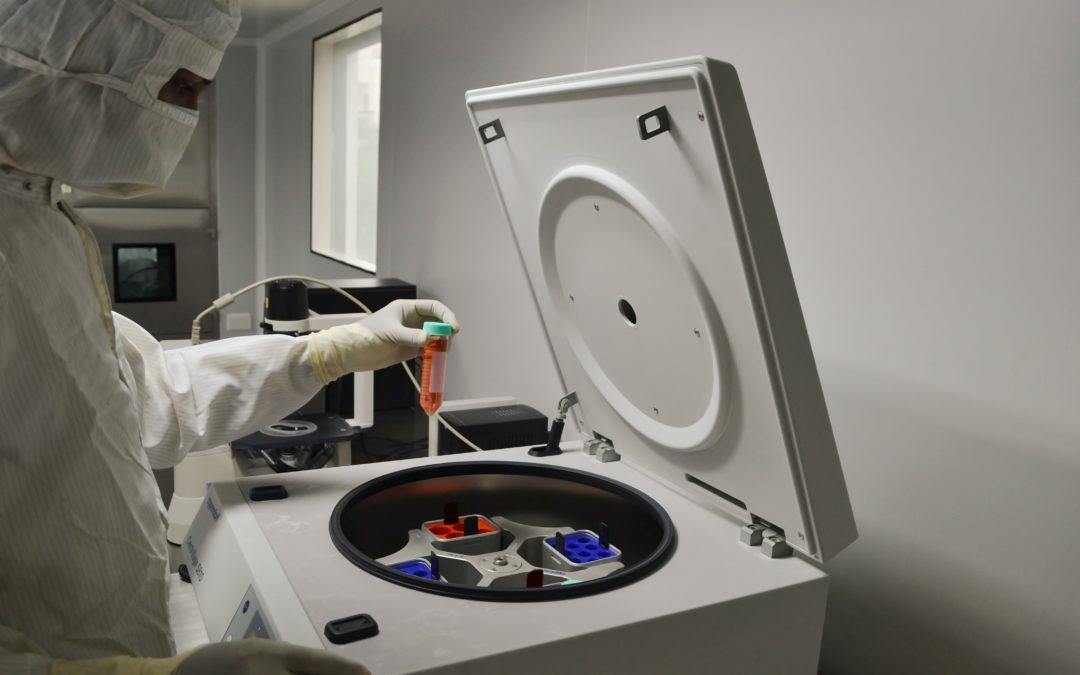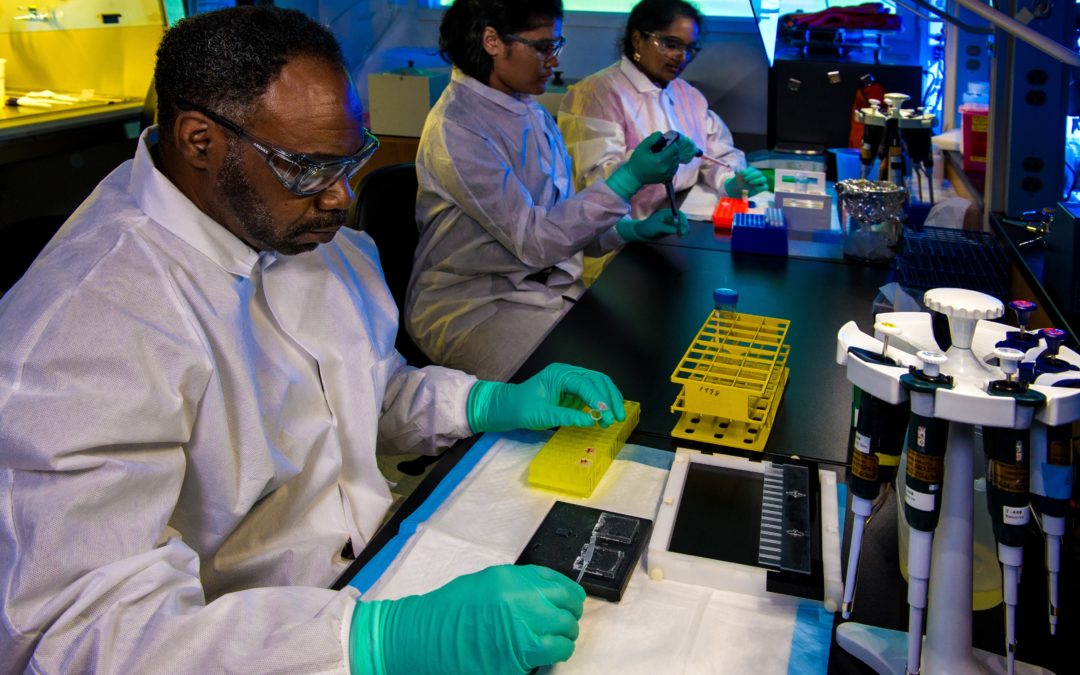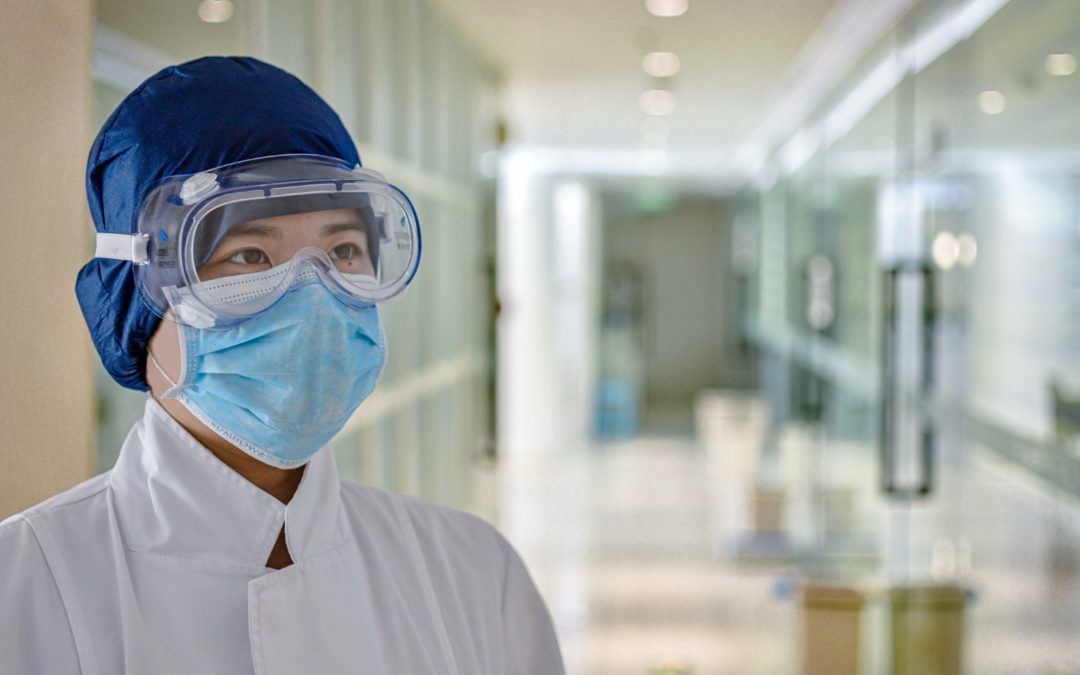
All About Medical Packaging Cleanrooms
That’s where medical packaging cleanrooms come in. Below, we’ll discuss these spaces in further detail, giving information about what they are, what requirements they have, and what projects Angstrom Technology has been working on lately.
What Is a Medical Packaging Cleanroom?
As its name suggests, a medical packaging cleanroom is a controlled, filtered space dedicated to the packaging of sensitive medical materials and products. However, this is a pretty broad term given the number of medical materials and products available.
As we’ve covered in our previous blog, there are three main types of medical cleanrooms: those for medical research, those for medical devices, and those for pharmaceuticals. Therefore, medical packaging cleanrooms are usually built to accommodate medical device packaging, pharmaceutical packaging, or both.
What Requirements Does a Medical Packaging Cleanroom Need to Meet?
Depending on the specific type of medical product that needs packaging, one medical packaging cleanroom may have different requirements than the next. But there are still some things they all have in common. Below are a few common considerations for medical packaging cleanroom requirements:
Size
In many cases, medical packaging applications involve large pieces of equipment like packaging lines and conveyor belts. Therefore, medical packaging cleanrooms tend to be relatively larger than cleanrooms in other industries, in terms of both floor space and height.
ISO Classification
Medical packaging cleanrooms require a good level of filtration and cleanliness, but they usually don’t need to meet the most stringent ISO standards. Since they’re mainly focused on the packaging of the product, rather than the actual production or testing of it, they’ll usually fall into ISO Class 7 or 8 range.
Additional Design Features
When it comes to medical packaging cleanrooms, the additional design features and technologies needed vary from company to company and application to application. However, most include gowning rooms, a material airlock, and at least one area for parts storage.
Angstrom Technology’s Recent Medical Packaging Cleanroom Projects
At Angstrom Technology, we’ve completed a number of cleanroom projects within the medical industry — but recently we’ve been excited to share some of our unique medical packaging projects! Completed within the past couple of years, these projects have ensured consistently controlled operations for our clients and have even resulted in some long-term relationships and additional projects.
Medical Packaging Cleanroom
In 2021, Angstrom completed a huge, 32,000 square foot cleanroom project for a medical packaging company in West Michigan — in just four months! The cleanroom is now able to fit numerous large pieces of medical packaging equipment, as well as the large number of workers needed to operate them. It also features the following specifications and technologies:
- ISO Class 8
- Seamless Construction
- 24’ Suspended Walkable Ceilings
- High-Speed Roll-Up Doors
- Automated HEPA Controls & Pressure Sensors Linked to BMS through BACnet
To view featured videos and photos from this project, visit our Medical Packaging Cleanroom Project page.
Pharmaceutical Packaging Cleanroom
Back in 2019, Angstrom worked with Praxis, a Michigan-based, contract packaging company, to design, build, and install a 2,120 square foot cleanroom for their OTC and prescription pharmaceutical packaging applications. This project brought a unique challenge to our team because the cleanroom needed to be designed and installed around a large piece of existing equipment in the facility — and on a tight timeline.
But by employing two expert crews to handle the job, Angstrom was able to deliver a quality cleanroom solution on time, eventually resulting in Praxis becoming a long-term customer and requesting two more identical pharmaceutical cleanroom projects. Specific cleanroom features and technologies are listed below:
- ISO Class 8
- Gowning Room and Parts Storage Room (both ISO Class 8 as well)
- 14’ Internal Ceiling Height
- Epoxy Floor
To discover more details about this project, read our case study that was featured on Cleanroom Technology’s website. To view featured videos and photos from this project, visit our Pharmaceutical Packaging Cleanroom Project page.
Hoping to install a medical packaging cleanroom in your facility? Contact Angstrom Technology! Our engineers have nailed down processes for design, building, and installation that are both efficient and effective. We’re excited to take on any challenges your cleanroom project may present. And, with an extensive portfolio of successful projects, we’ve proven our ability to achieve quality, consistent results.







